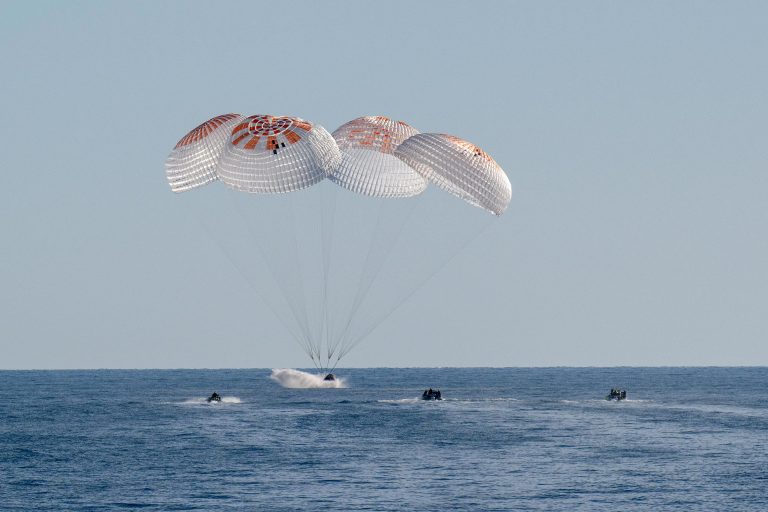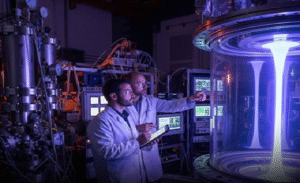NASA’s Crew-9 mission has carved its place in spaceflight history with a series of unprecedented achievements, combining groundbreaking science, cutting-edge spacecraft technology, and human endurance in orbit.
Launched aboard SpaceX’s Falcon 9 rocket and docked to the International Space Station (ISS) earlier this year, Crew-9 is composed of a diverse international team of astronauts, including representatives from NASA, ESA, and JAXA. Their mission: to push the boundaries of scientific research and operational capabilities in space.
One of the most remarkable milestones of the mission was the record-breaking number of extravehicular activities (EVAs)—or spacewalks—conducted during a single expedition. Over the span of several months, Crew-9 completed eight successful spacewalks, the most by any single crew rotation, to upgrade the ISS’s solar arrays, install new scientific instruments, and perform critical maintenance.
NASA astronaut Dr. Lena Alvarez also became the first woman to complete four spacewalks in one mission, a feat celebrated across space agencies.
This mission also marked the first regular operational use of Boeing’s Starliner spacecraft as part of the Commercial Crew Program. After years of development and test flights, Starliner successfully transported half of the Crew-9 members to orbit, working alongside SpaceX’s Crew Dragon to ensure multiple pathways for human access to space.
“Starliner’s performance was flawless,” said NASA Administrator Bill Nelson. “This mission proves we now have two reliable commercial vehicles ferrying astronauts to the ISS.”
Among the unique research onboard, Crew-9 conducted behavioral studies involving dolphins—virtually. Using immersive VR simulations, astronauts worked with marine biologists to better understand how dolphin cognition and communication models could enhance future AI systems used in space exploration.
This unusual but promising research could pave the way for advanced neural networks in robotic explorers and interplanetary probes.
As Crew-9 prepares for its return journey later this summer, its legacy is already well cemented. From trailblazing technology to novel science, the mission stands as a powerful example of what international cooperation, innovation, and imagination can achieve beyond Earth.
The success of Crew-9 is not just a win for space exploration—it’s a reminder of humanity’s relentless drive to explore the unknown, one mission at a time.







